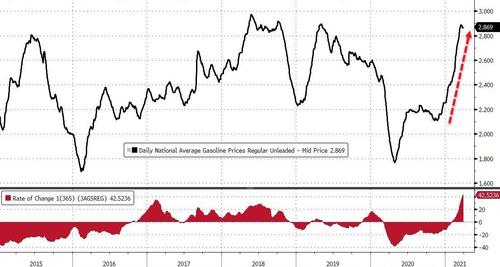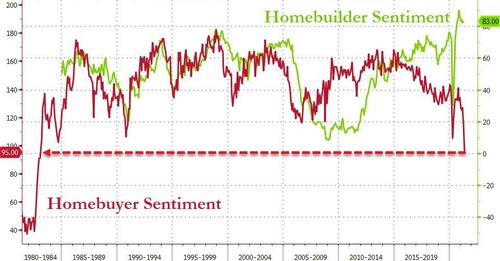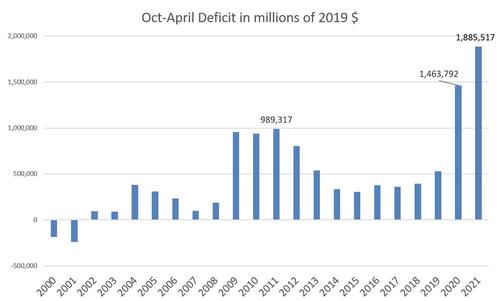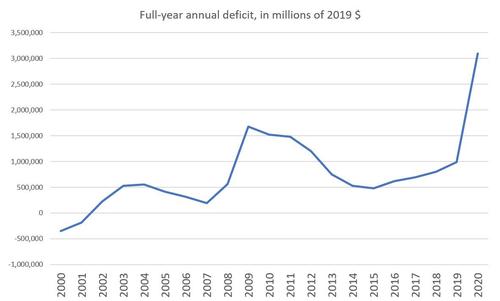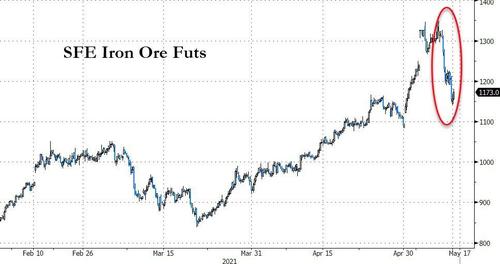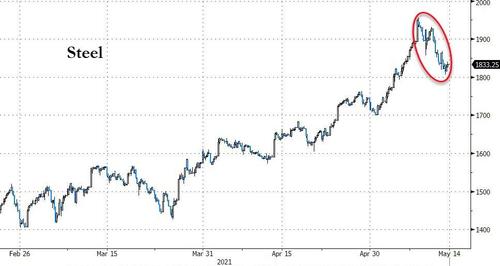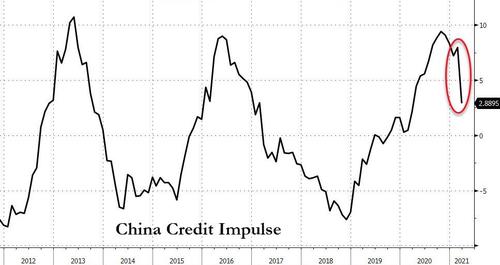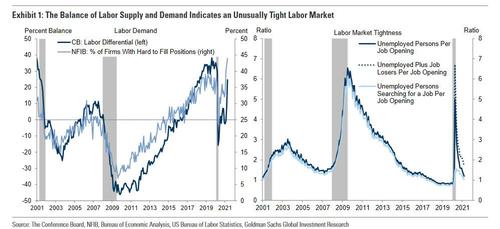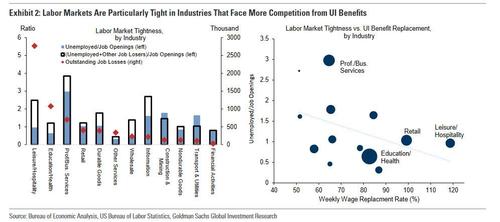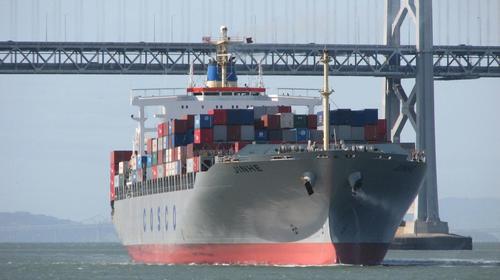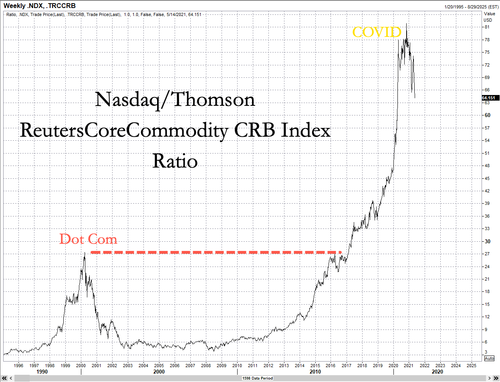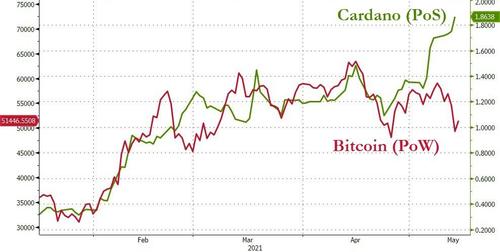Autopilot Was Engaged In Fatal SoCal Tesla Wreck Earlier This Month, Authorities Reveal
A Tesla that was involved in a fatal crash in Southern California last week was operating on Autopilot at the time, it has been revealed. The crash is still is under investigation by the National Highway Traffic Safety Administration, a report from ABC noted on Friday.
The crash, which took place on May 5 in Fontana, killed the 35 year old driver after his Model 3 hit an overturned semi on the freeway. A second person was seriously injured after the Model 3 hit him, while he was trying to help the driver of the overturned semi.
On Thursday of this week, the California Highway Patrol announced that the car was operating on Autopilot, which has been no stranger to controversy involving fatal Tesla wrecks. This wreck marks at least the fourth death in the U.S. involving Autopilot.
The information was so important, the CHP felt, that they shared it despite the ongoing investigation, stating: “While the CHP does not normally comment on ongoing investigations, the Department recognizes the high level of interest centered around crashes involving Tesla vehicles. We felt this information provides an opportunity to remind the public that driving is a complex task that requires a driver’s full attention.”
Just days prior, the CHP arrested yet another Tesla driver who it said was in the back seat of his vehicle while it barreled down Interstate 80 near Oakland. Autopilot or Full Self Driving were assumed to be operating.
There is also an ongoing NHTSA investigation involving a fatal Tesla wreck that took place in Houston weeks ago. The NTSB has issued a preliminary report in that case, finding that a similar vehicle could have engaged Traffic Aware Cruise Control, but not Autosteer, at the point where the crash took place.
The NTSB concluded by stating that the investigation was ongoing and that it was working with Harris County Texas Precinct 4:
The NTSB continues to collect data to analyze the crash dynamics, postmortem toxicology test results, seat belt use, occupant egress, and electric vehicle fires. All aspects of the crash remain under investigation as the NTSB determines the probable cause, with the intent of issuing safety recommendations to prevent similar crashes. The NTSB is working alongside the Harris County Texas Precinct 4 Constable’s Office, which is conducting a separate, parallel investigation.
Recall, it was Mark Herman, Harris County Constable Precinct 4, who was most skeptical of Elon Musk’s comments absolving Autopilot of liability last month, telling Reuters that the police served search warrants on Tesla to secure data from the Model S.
Responding to Musk at the time, Herman said: “If he is tweeting that out, if he has already pulled the data, he hasn’t told us that. We will eagerly wait for that data.”
“We have witness statements from people that said they left to test drive the vehicle without a driver and to show the friend how it can drive itself,” Herman said according to the Reuters report.
Tyler Durden
Fri, 05/14/2021 – 15:20
via ZeroHedge News https://ift.tt/3tKMiTv Tyler Durden


